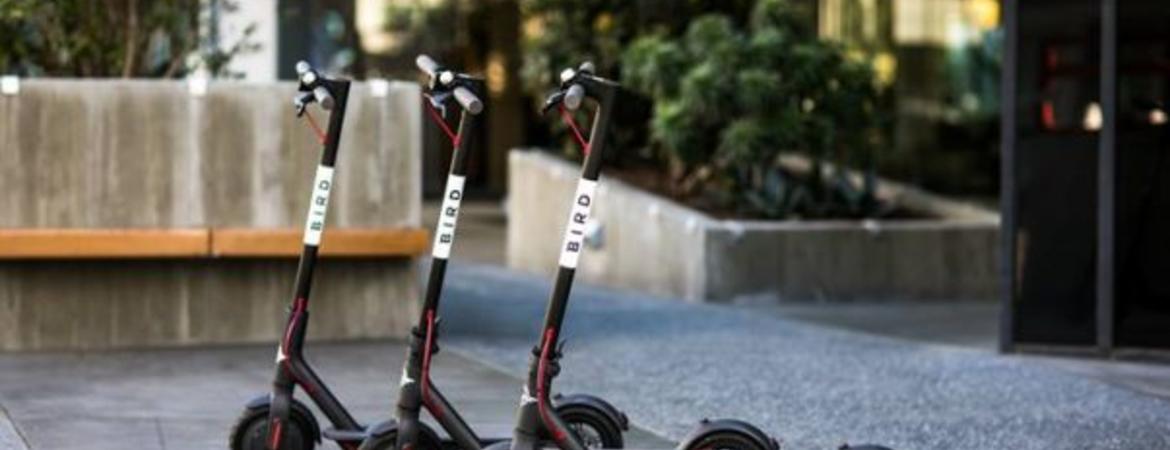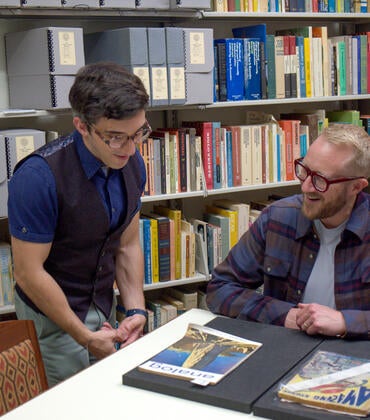UC Riverside has begun tackling the influx of motorized scooters on campus, holding an inaugural meeting that explored several potential solutions aimed at increasing safety.
Possible steps discussed by the working group of campus stakeholders at a Nov. 1 meeting included educating riders about safe use on campus, establishing limits on where they are allowed, increased signage about their use and working with scooter companies on implementing those rules.
Group members said they hope to address the immediate proliferation of scooters that began on campus in September as well as craft a long-term plan for how bicycles, skateboards and other wheeled devices can safely interact with pedestrians. The group includes staff from a variety of departments and a student representative.
“They have a place in this ecosystem of transportation in the community,” said Uma Ramasubramanian, UCR principal physical planner, who led the meeting discussion. “We just have to figure out the rules of the game.”
Current UCR policy – in effect since 2010 – prohibits the use of electric scooters on campus sidewalks and pathways. They are allowed in manual mode.
Many students have taken to the Bird and Lime scooters in the past few weeks as a way of getting around campus. But campus pathways and sidewalks were designed for pedestrians and the combination of scooters, bicycles and skateboards has increased safety concerns.
UCR police have already reported one collision involving a Bird rider and bicyclist that left a student injured.
One potential solution group members discussed was “geo-fencing” – a virtual boundary where scooters could not operate. The campus could also put up signage informing riders of “dismount zones” where electric use of scooters must end. Scooters left outside those dismount zones could be subject to an impound fee.
The group – which looked at how other universities and cities are dealing with scooter companies – also discussed whether the campus should negotiate with one particular vendor for exclusive rights to operate on campus.
Such an agreement could require the company to ensure that rules such as helmet use and not riding in electric mode on campus are enforced and establish limits on the number of scooters permitted.
In the long-term, the university may address the use of scooters as part of its infrastructure plan that will better accommodate them along with skateboards and bicycles.
Semi Cole, president of the Associated Students of UC Riverside, suggested that Bird, Lime and other vendors be invited on campus for a safety demonstration day.
Cole, the student representative for the working group, said many students have found scooters to be a convenient way to get across campus and that the university should find a way that they can co-exist in a safe way.
As the university works to put together its policies, it will be looking to see how the city of Riverside handles the issue. City officials are in talks with Bird about ways to regulate scooter use and could take the issue before the City Council soon, said Irma Henderson, director of Transportation and Parking Services at UCR.
Chief Financial Officer and Vice Chancellor for Planning and Budget Gerry Bomotti said the university will seek input from students, faculty, staff, the city and others.
“There are many good models at other institutions that have dismount zones and other standards we should look at carefully, combined with a good campus signage program,” he said.




